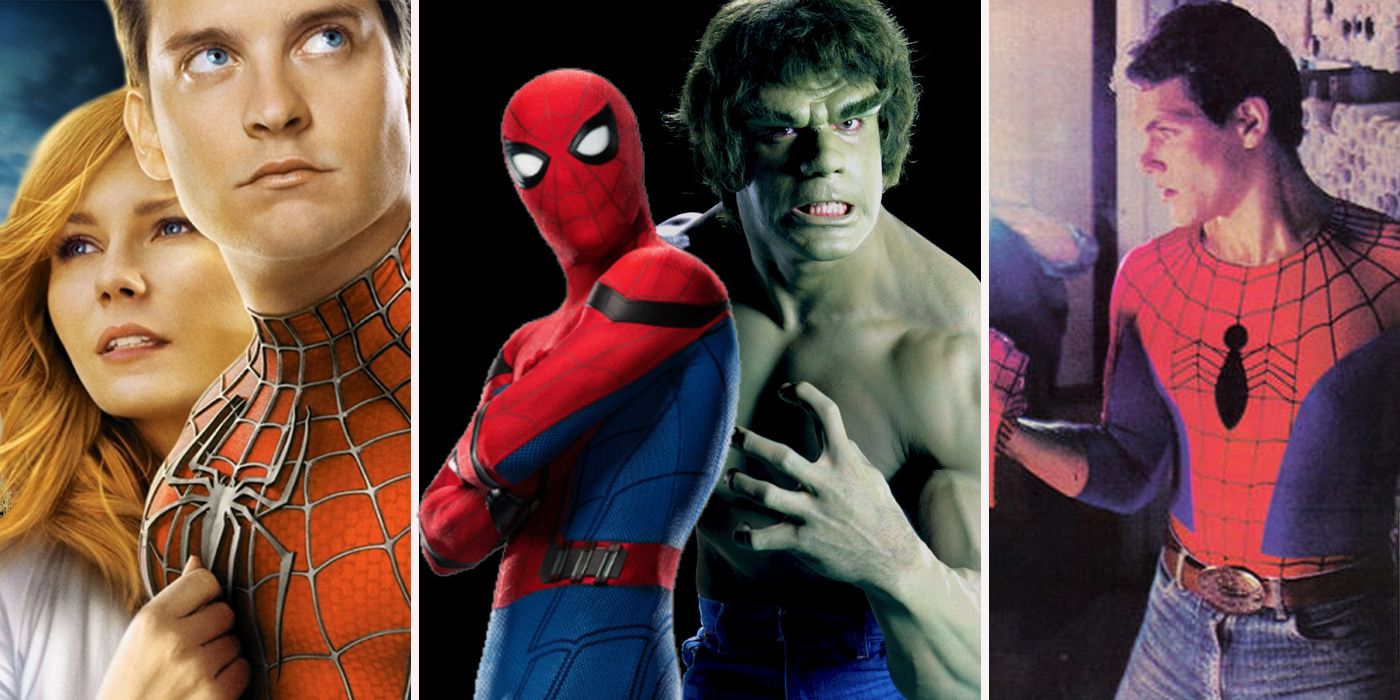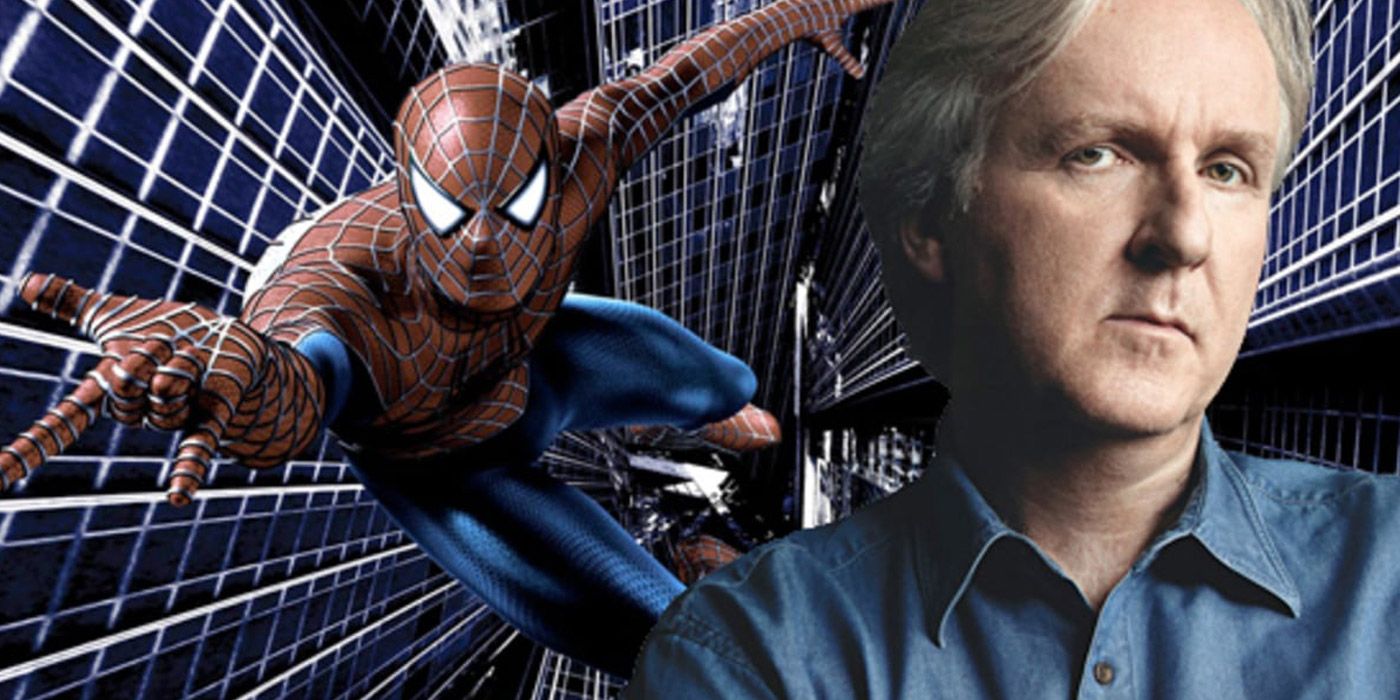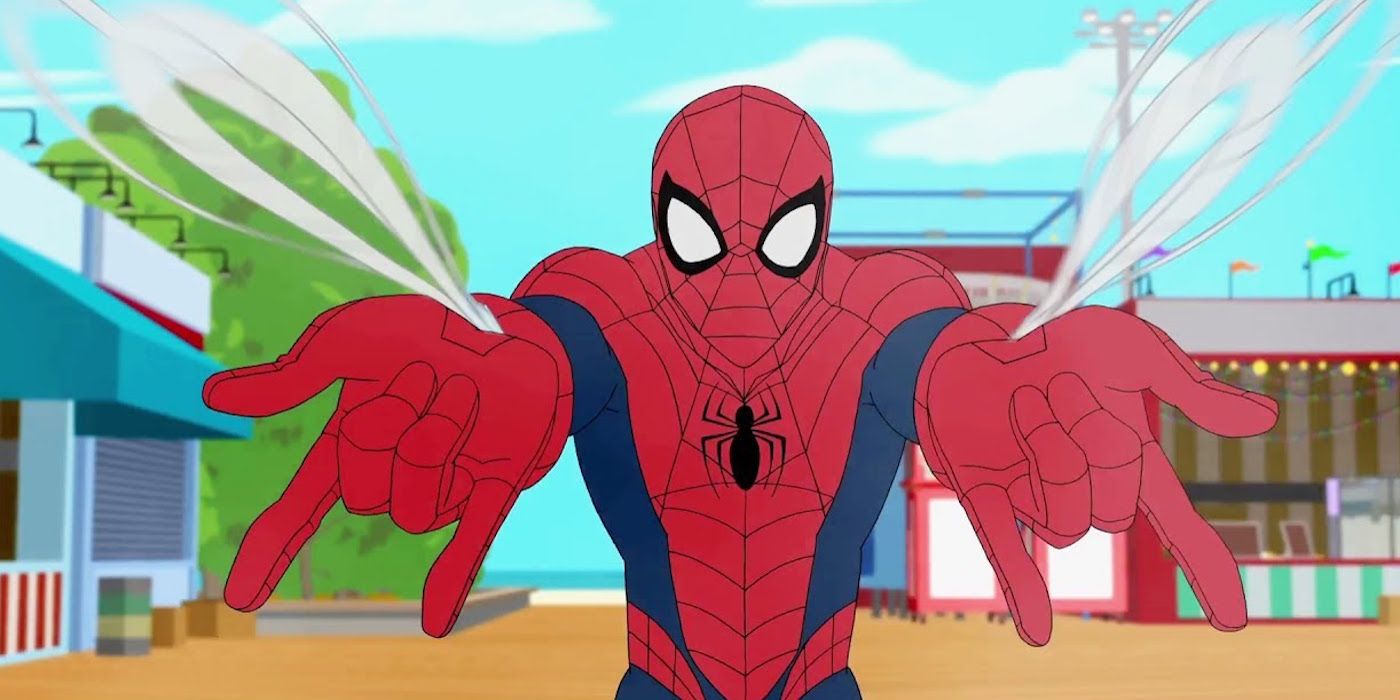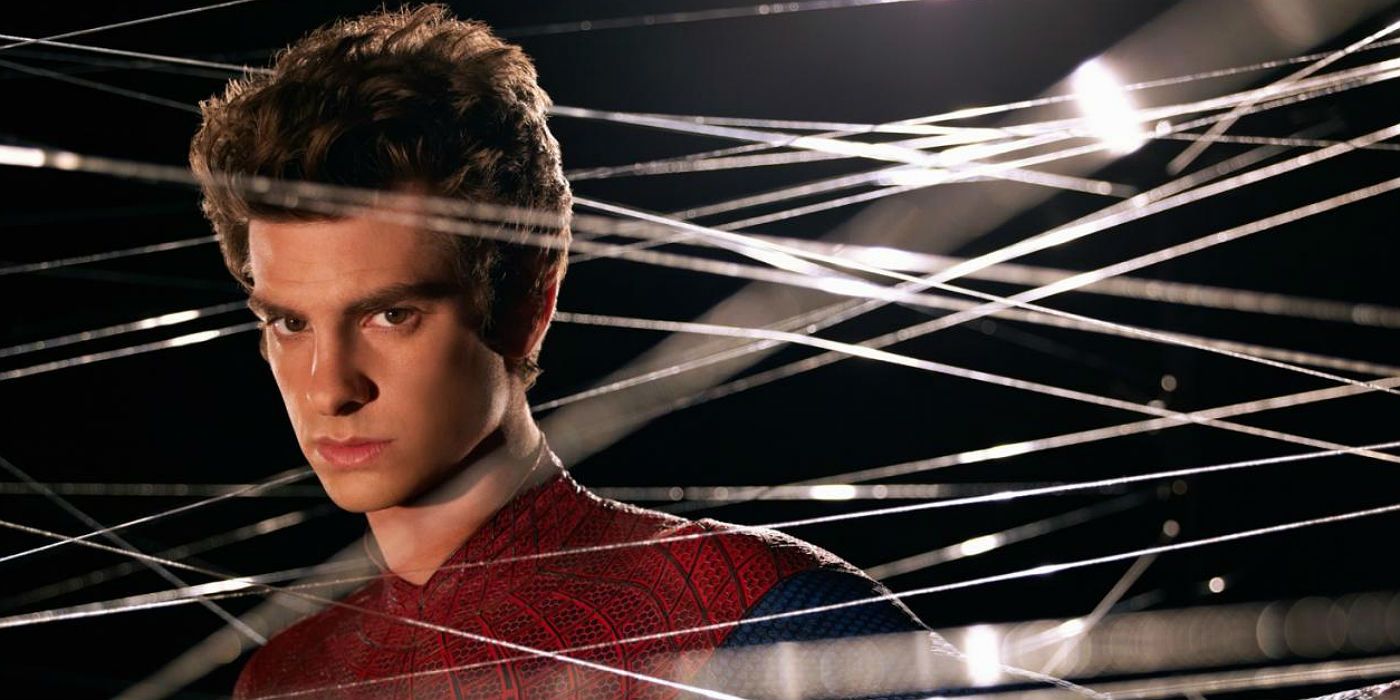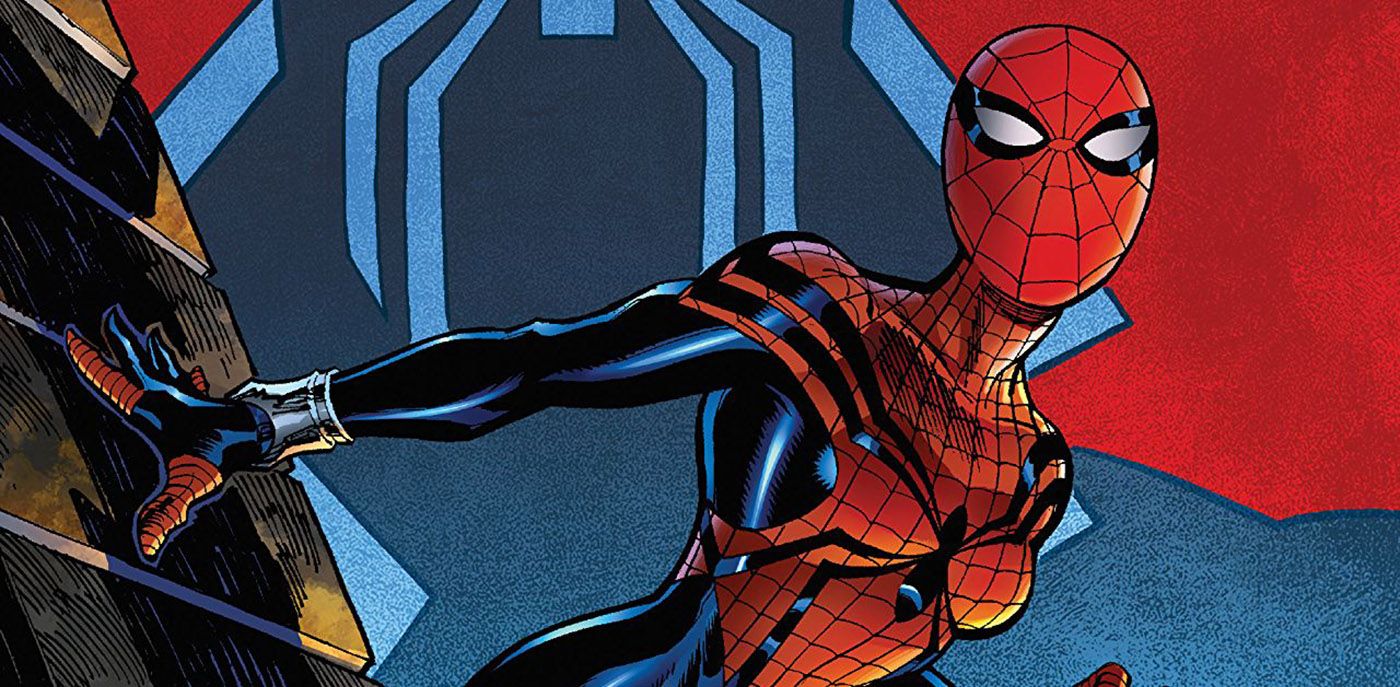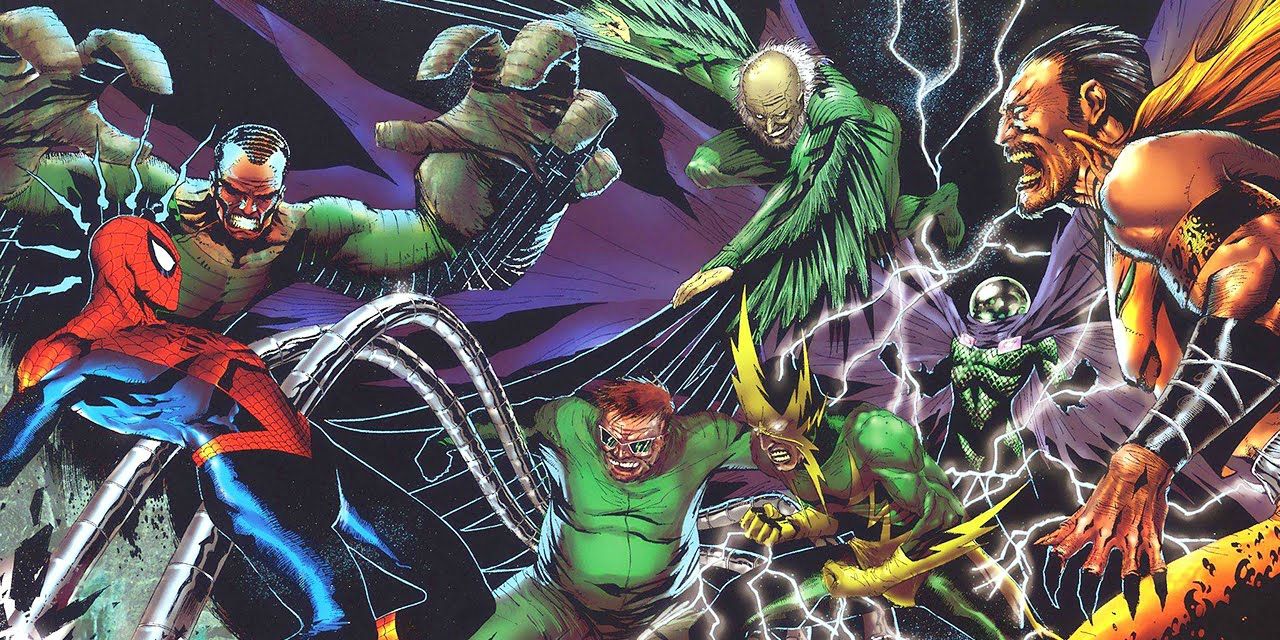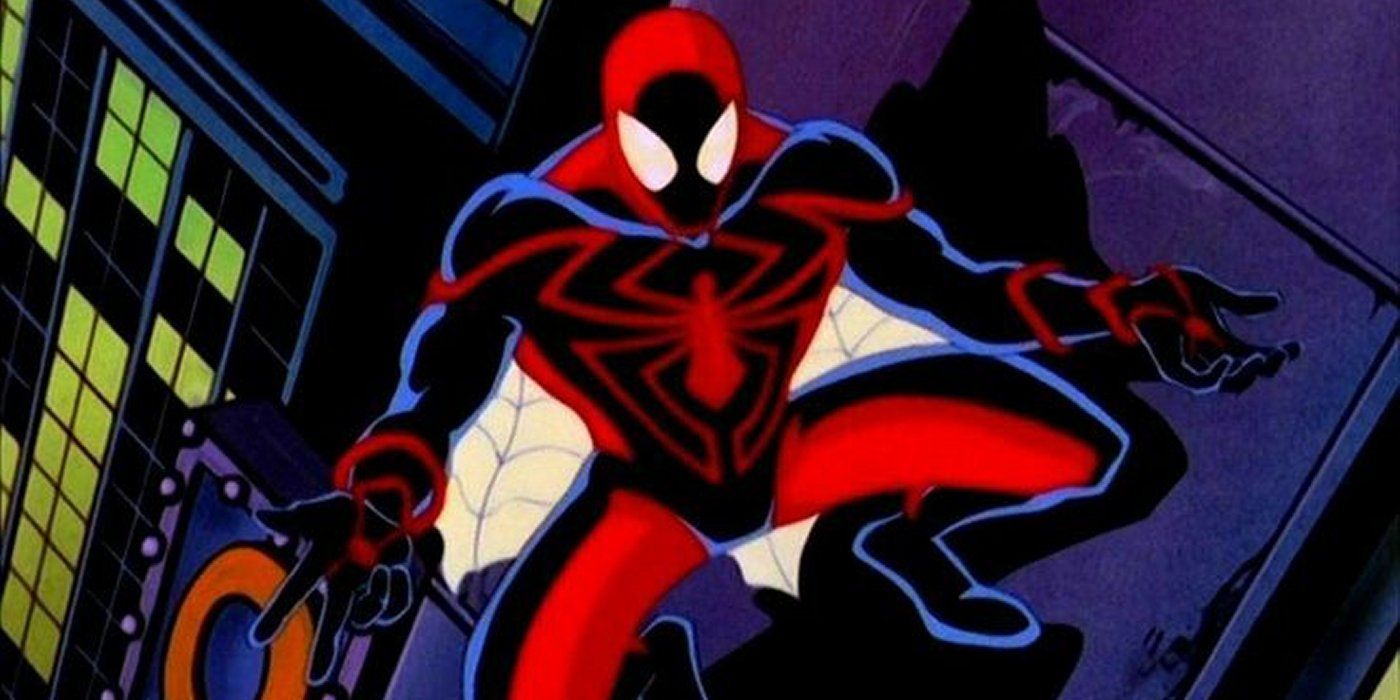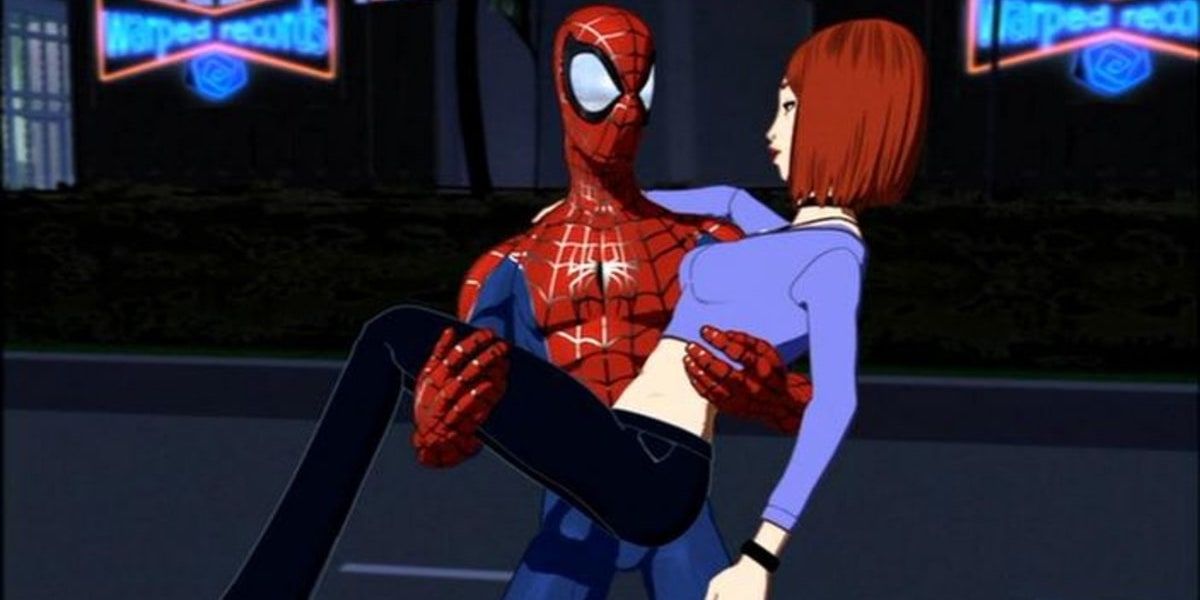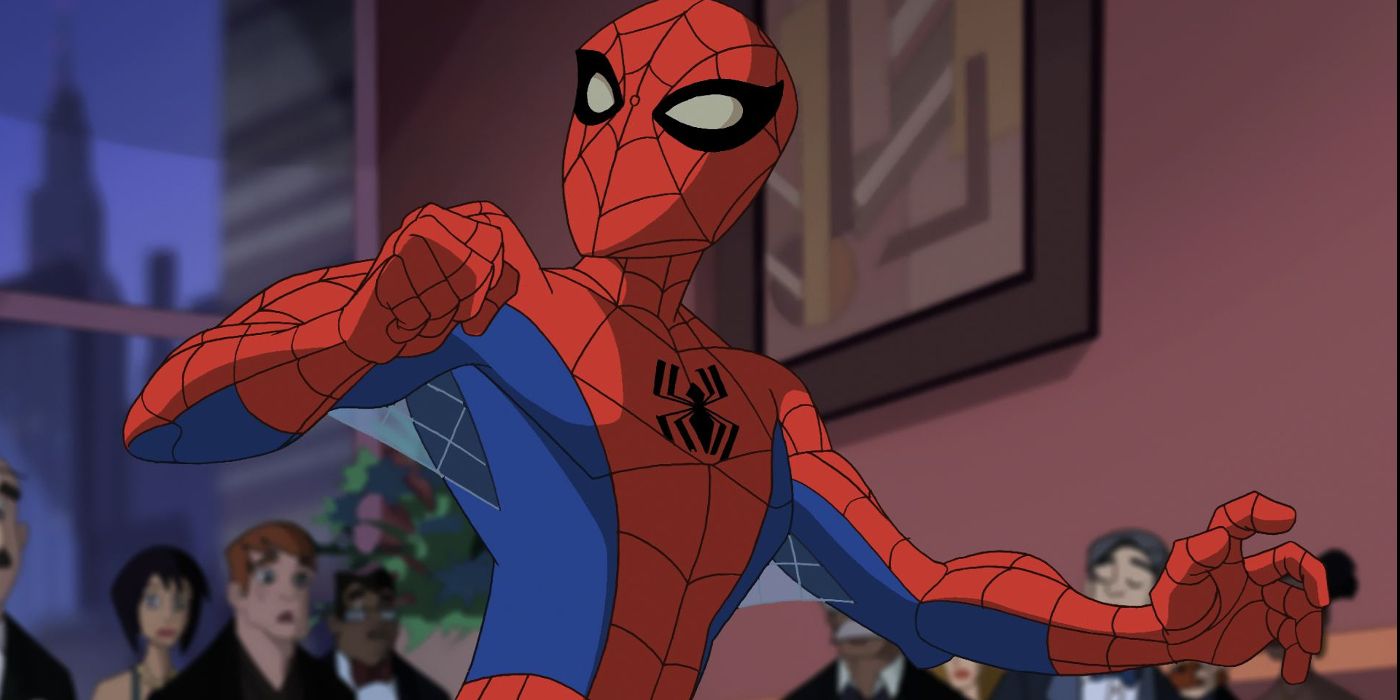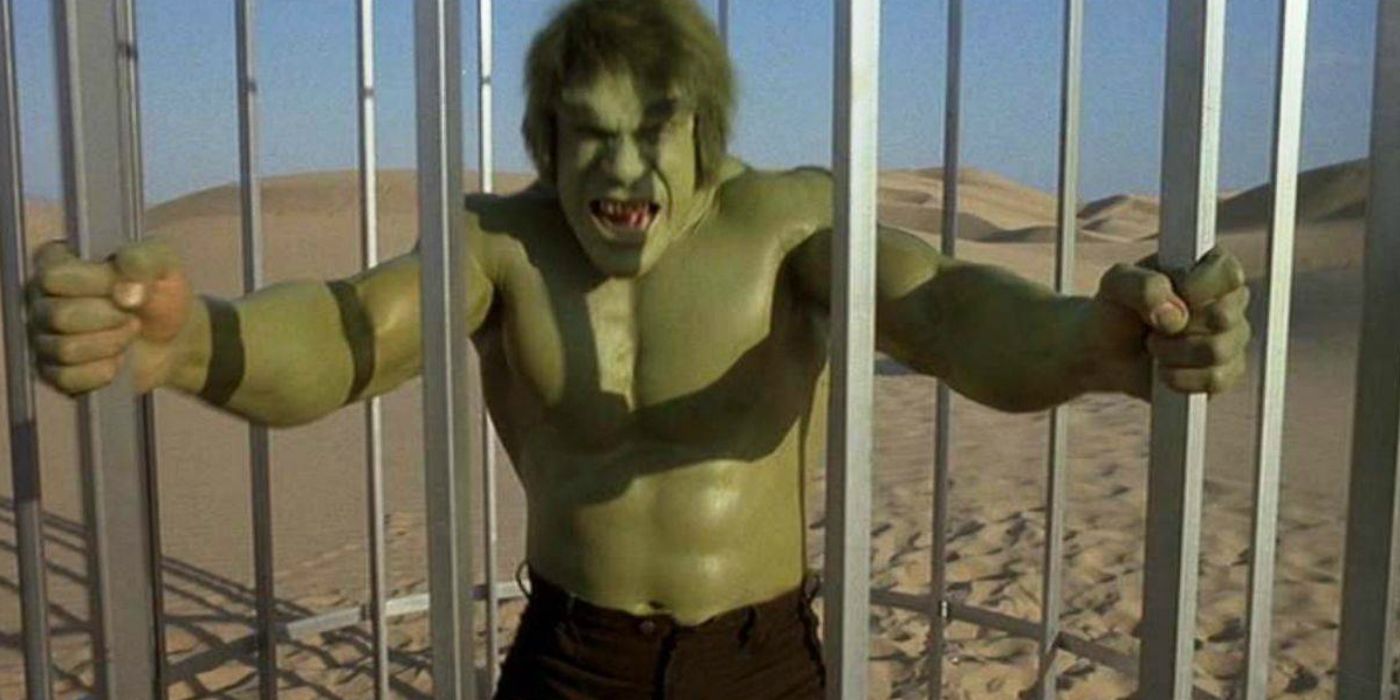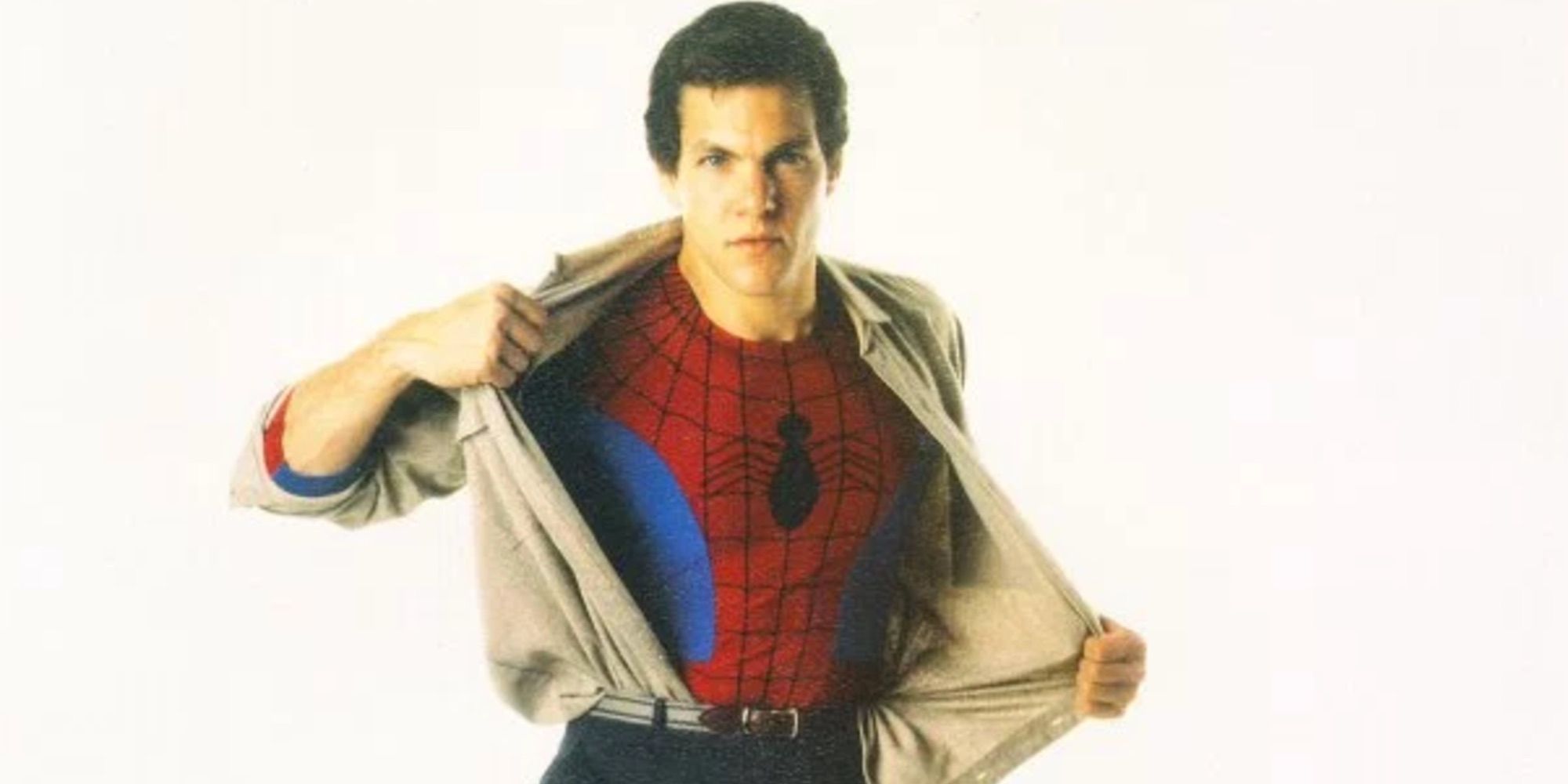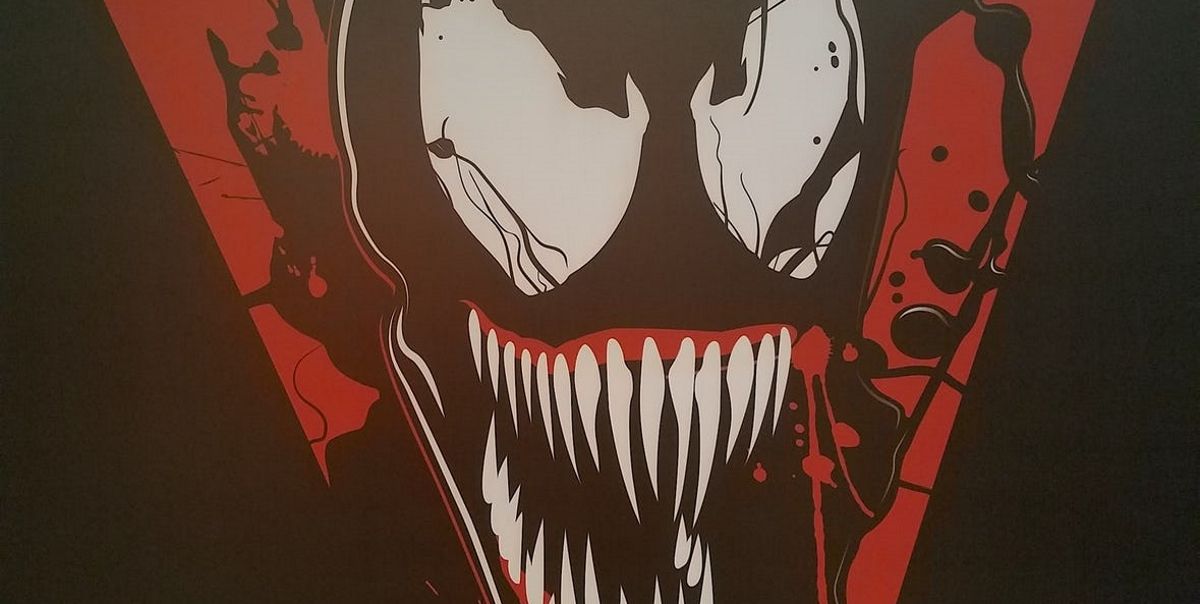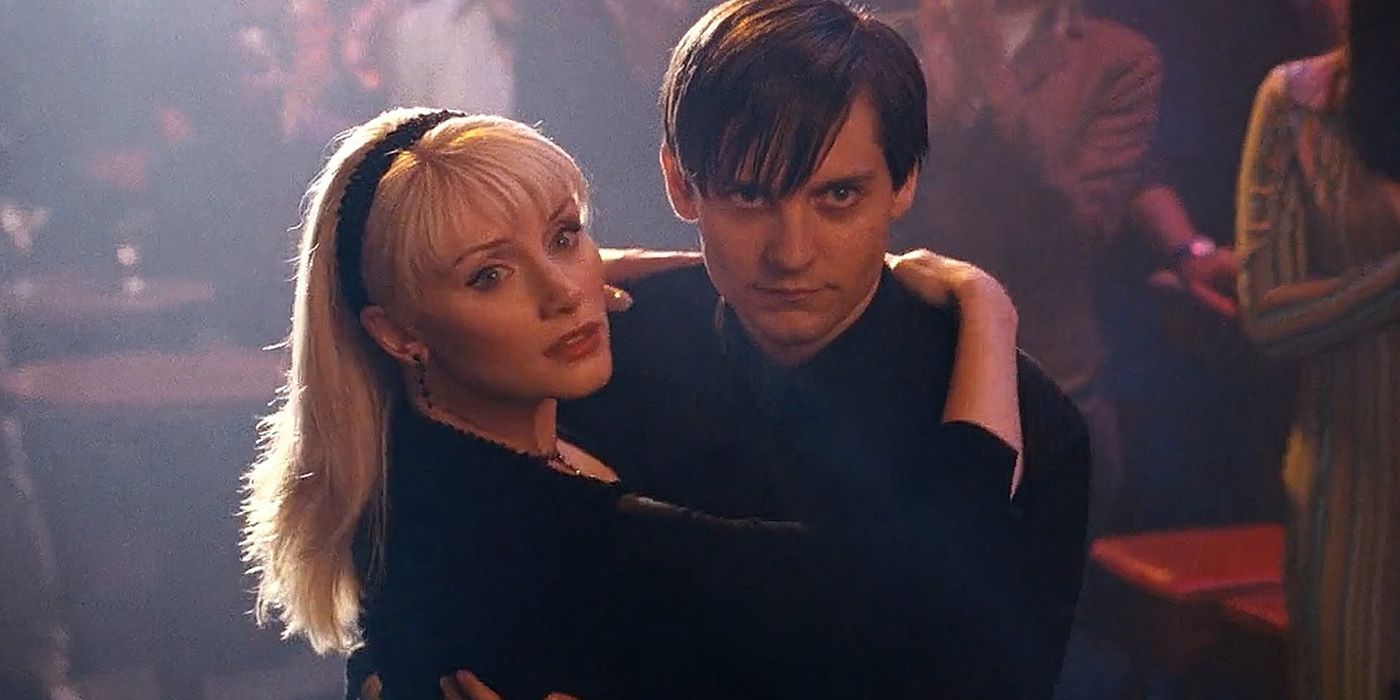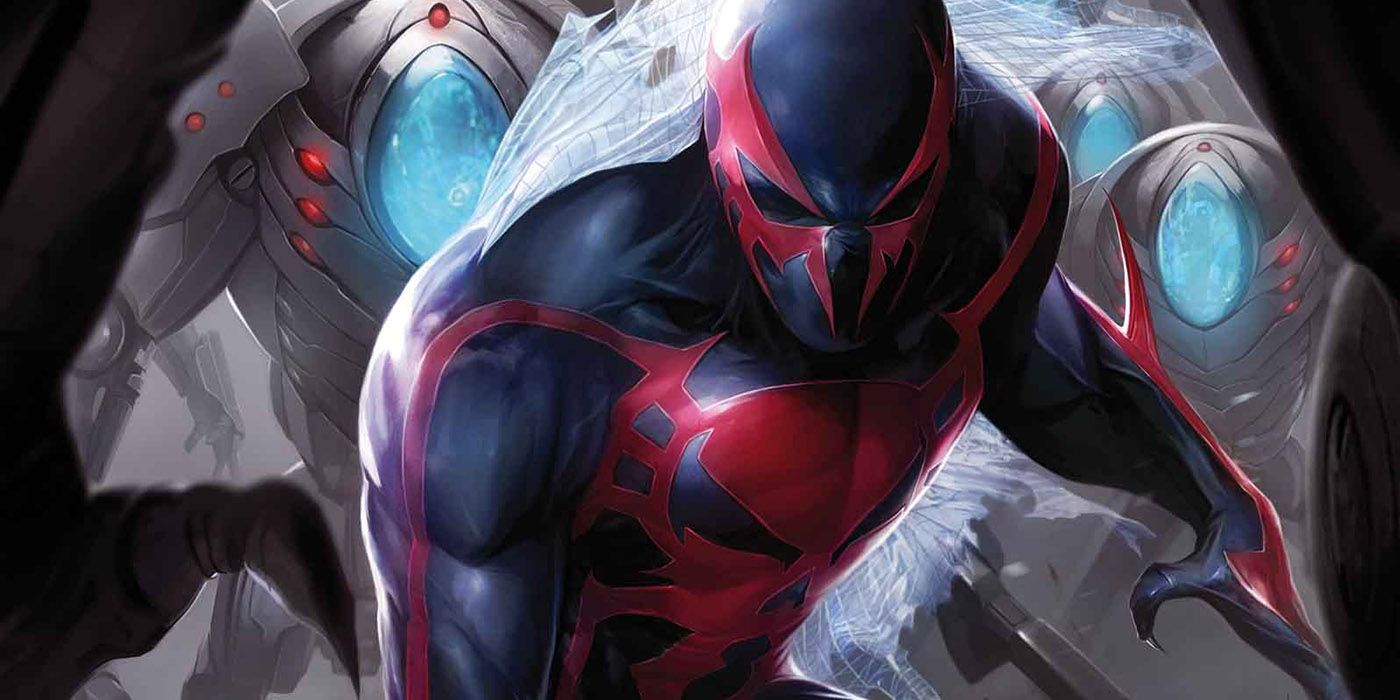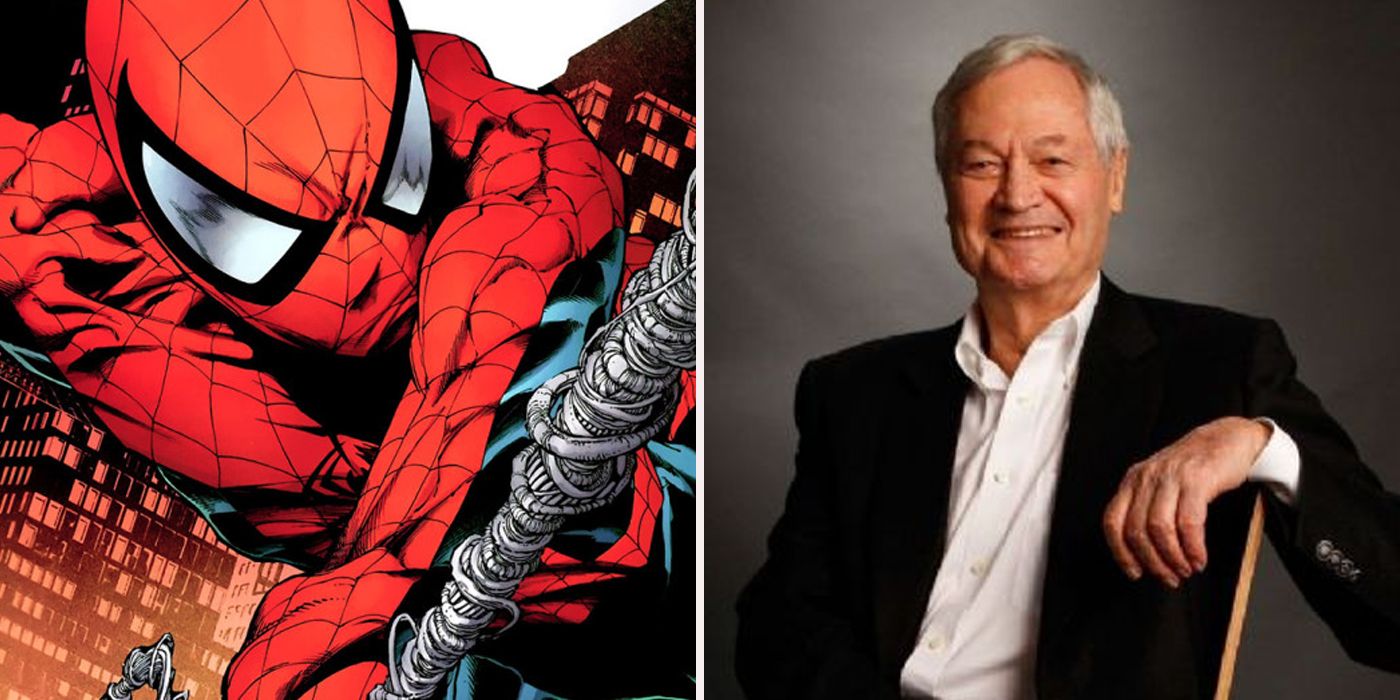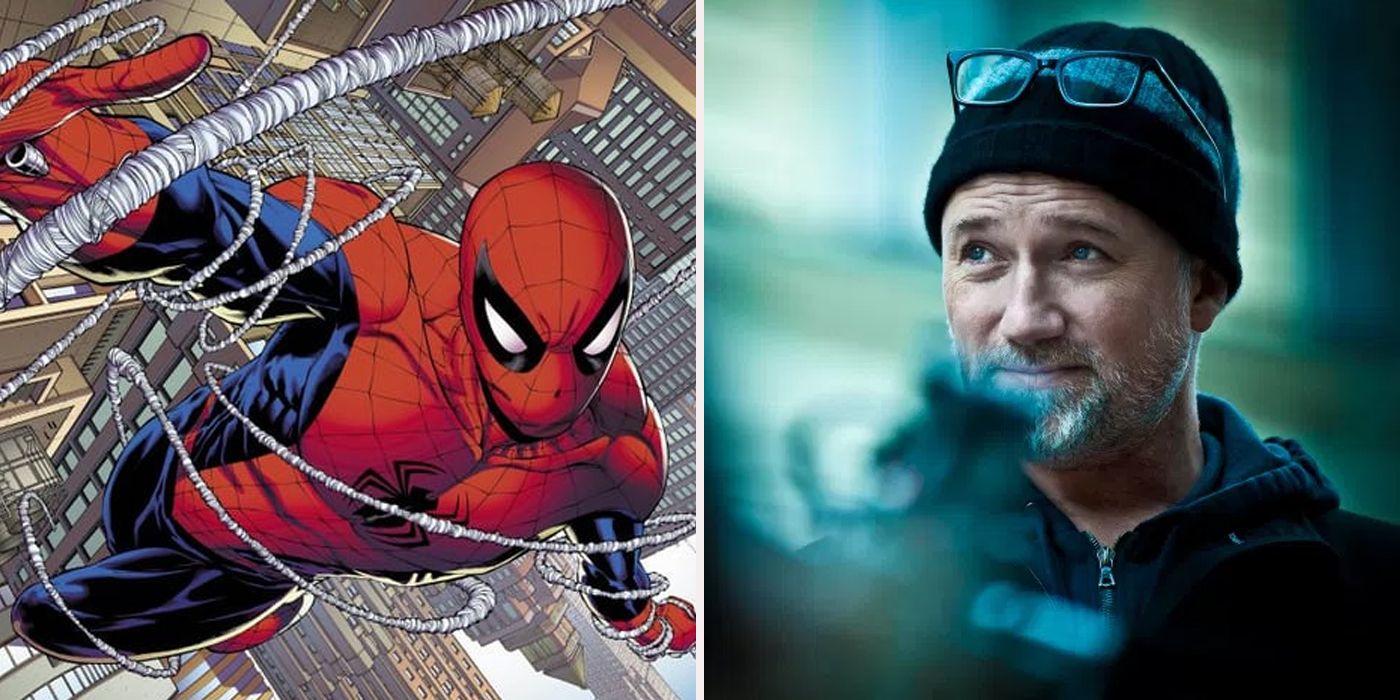Spider-Man is undoubtedly Marvel's crown jewel. The puny wallflower from Queens who couldn't tell a waltz from a cha-cha irrevocably widened the possibilities of the superhero genre back in his conception in 1962.
True, Batman was a superhero who erred on the side of human, but he was positively alien next to Peter Parker-- the first everyman superhero. This year's Spider-Man: Homecoming featured a Spidey updated to fit in the gargantuan cinematic house that the MCU built. It's a testament to the character's durability that the basics of Spidey, not the MCU bells and whistles, is what made it so widely beloved.
Although the webslinger has a rich history of outstanding movies and television shows, there are a few that, for whatever reason, didn't make it to production.
Whether it be due to some legal tizzies or the creative spark just wasn't there to get everything together and running in time, these are the Spider-Man projects that will only play out in our imaginations.
There are some projects listed here that you'll be glad never got to being realised, and some others that'll make you wistfully wonder what might have been. The few in between will just leave you scratching your head, contemplating if they could've been even worse than, say, The Amazing Spider-Man 2.
So, here are the 15 Spider-Man Projects That Were Completely Abandoned.
James Cameron's Spider-Man
A few years before Sam Raimi and David Koepp brought Peter Parker into the 21st century with Spider-Man, James Cameron was putting together a detailed treatment for his big-screen version of the wallcrawler.
Some of the details in his treatment made their way into Koepp's script: organic webbing as a metaphor for puberty, and Mary Jane as the popular girl who comes from a broken home. It kept true to the tenants of the Spidey mythos.
However, there are some truly bizarre ideas that sour it as well, like Peter Parker and MJ sleeping together atop the Brooklyn Bridge, Electro as a Donald Trump-esque figure, and the most un-Peter Parker line ever devised by man: “I'll kill you motherf**ker!”
Spider-Man: The Animated Series Season 6
Spider-Man: The Animated Series had a successful run from 1994 to 1998. It was a cartoon that treated the material as earnestly as possible under a tight budget and tighter censorship (Spider-Man was not allowed to throw a punch, nor harm birds. Uh... sure).
The series ended on a cliffhanger, with Spider-Man and Madame Web searching for MJ, who had been lost in another dimension.
Producer and writer John Semper Jr. revealed some interesting tidbits about season six, such as Spider-Man finding MJ in 19th century England. There, Carnage was revealed to have been Jack the Ripper.
There would've also been the introduction of Richard Fisk as the Rose, Betty Brant, and a comedic riff on Spider-Man and His Amazing Friends.
The Amazing Spider-Man 3
The Amazing Spider-Man 2 completely derailed Sony's ambitions to continue their newly rebooted Spider-Man. It was a movie crammed with conspiratorial sub-plots that went nowhere, a bubblegum colour palette that refuted the grounded first Amazing Spider-Man, and lame interpretations of villains Electro and the Green Goblin. At its centre was a wishy-washy romance between Peter Parker and Gwen Stacy.
If Denis Leary's comments are accurate (he played Gwen Stacy's father), an Amazing Spider-Man 3 was shaping up to be even worse. Leary revealed there was an idea that Peter Parker would take this formula that could regenerate people the people in his life that died.
Suffice it to say that Sony were struggling with the webhead at this point.
Glass Ceiling
A few months following the release of The Amazing Spider-Man 2, there were solid rumours that Sony was planning a female-centric Spider-Man movie tentatively titled Glass Ceiling. It seemed a move to distance themselves from ASM2 while still milking the Spider-Man name.
There were reports that it was a team-up movie, which would have possibly brought together a mix of popular and obscure Spider-Man heroes and anti-heroes, such as Black Cat, Silver Sable, Silk, Spider-Girl, and Spider-Woman.
What would they have done? Who would they have fought? Why these characters? Nobody can say, except for the fact that Sony just had to get moving and come up with something, lest they stand idly by while other studios reap that sweet superhero money.
Sinister Six
Of all the follow-ups to The Amazing Spider-Man 2, Sinister Six, the supervillain-centric movie which was to be written and directed by Drew Goddard, was the closest to coming to fruition.
The idea was that Sinister Six would have been a standalone Spider-Man adventure, despite ASM2 hinting that Oscorp would have a role in creating Spider-Man's antagonists.
However, rather than tie into the larger mythology of whatever Sony was trying to build, producer Avi Arad mentioned that Sinister Six would be, above all, a redemption story. A curious angle for a movie in which the villains would get together for the sole mission of killing the wallcrawler.
The project fell through after the deal between Marvel and Sony was done.
Spider-Man Unlimited Season 2
If a character has been around for 30-something years, chances are that things are going to get strange. So, Spider-Man Unlimited, a one-season cartoon in which Peter Parker is stranded on an alternate Earth (Counter Earth) with John Jameson, where they must fight to stay alive in a futuristic society where humans are second class citizens and animal-human hybrids rule all.
The group of particularly evil rulers are called the High Evolutionary. Also, the Green Goblin is a good guy in this so-called Counter Earth. It is quite strange.
Spider-Man Unlimited ended on a, you guessed it, cliffhanger. Although several scripts were written for a second season, they were never produced as the show was cancelled at the last minute.
Spider-Man: The New Animated Series Season 2
A loose-kinda-not-really continuation of Sam Raimi's first Spider-Man, Spider-Man: The New Animated Series was a CGI cartoon show that skewed a little older-- the violence hit harder and characters had intimate relationships and cursed.
The show followed Peter Parker, Mary Jane Watson, and Harry Osborn. Harry hated Spider-Man because he believed that he killed his dad, and Mary Jane was sort of in love with both Peter and Spider-Man.
The show never did much with this dynamic, perhaps in an effort to not step on the movies' toes. This was a great shame because this Spider-Man was just getting into compelling territory by the end.
A second season never happened, though there were plans to introduce Mysterio and explore more of Kraven the Hunter.
Spectacular Spider-Man Season 3
Perhaps the most acclaimed Spider-Man TV show ever, Spectacular Spider-Man was the perfect blend of Stan Lee's and Brian Michael Bendis' comic book runs on the character.
Far from being a rehash of old storylines, Spectacular Spider-Man was fresh and witty. Also, the simplistic design of the characters allowed for dynamic action sequences.
Sadly the Spectacular Spider-Man only lasted two seasons. Although one of the showrunners Greg Weisman hasn't revealed the specifics of what would happen in season 3, he has revealed interesting morsels.
Flash and Peter's boxing match in Amazing Spider-Man #8 would've been adapted, the show would've followed Peter Parker through to college, and a direct-to-dvd Spring Break movie was planned between season 3 and 4.
Spider-Man and The Incredible Hulk
CBS produced a live-action Spider-Man series that ran from 1977 to 1979. Although the series was a mild success, it was cancelled after 13 episodes. Adding a little insult to injury, Stan Lee derided the show as being “too juvenile.” Ouch.
Far more successful was its contemporary, The Incredible Hulk, starring Bill Bixby as David Banner and Lou Ferrigno as the jolly green giant himself. Bill Bixby got in contact with Nicholas Hammond, who played Peter Parker, and discussed the possibility of a Spider-Man/Hulk crossover which would air in the Spring of 1984.
Hammond was on board, citing an eagerness to correct the problems that plagued his show. However, as Lou Ferrigno was unavailable, the project was quickly canceled.
Cannon's Spider-Man: The Movie
Cannon Films, the studio responsible for Superman IV: The Quest For Peace, nearly produced their own Spider-Man flick.
In 1985 Golan and Globus, the head honchos of Cannon Films, approached Marvel to acquire the rights to produce Spider-Man. It only cost them two-hundred and twenty-five thousand dollars and small a cut of the box-office gross.
The script indicates that Spider-Man and Doc Ock's origins would've been intertwined. It also had a sci-fi/horror bent, with a freakish eight-legged Spider-Man battling mutants. Oh, and Doc Ock's catchphrase was “okey dokey."
Also,Aunt May would've supposedly been a young, hip, Katherine Hepburn type-- sorry, Spider-Man: Homecoming, Cannon Films got there first. Like many announced Cannon Films, financing for the project fell through.
Venom
Yes, 2018 will see infamous Spider-Man villain Venom, played by Tom Hardy, finally get the spotlight in his own movie, but it was a long and rocky road to get there.
Venom made his debut in Sam Raimi's much maligned Spider-Man 3. Fans felt that he had been given the shaft within an already complex storyline and this could be traced to Rami's own ambivalence toward the character, citing a “lack of humanity.” Producer Avi Arad announced a Venom spin-off in July 2007.
Rhett Reese and Paul Wernick described their Venom script as “realistic, dark, and soul-search-y.” They mentioned a sequence in which the symbiote attaches itself to body to body throughout the city, and unleashing violent impulses.
Spider-Man 4
Spider-Man 3 is technically the most financially successful Spider-Man flick, but it's nearly as reviled as the lowest grossing Spider-Man film, The Amazing Spider-Man 2. The problem with Spider-Man 3 is too much much-ness: too much soap opera melodrama, too many villains, too many sub-plots, too many cooks in the kitchen.
Evidently Sam Raimi agreed with this assessment, going so far as to say he's “very unhappy” with the movie. He really wanted to redeem himself with Spider-Man 4.
Bruce Campbell was set to be Mysterio, while Anne Hathaway was going to be “the Vulturess.” Ultimately the script went through four revisions and Raimi still hated it. Unable to reach the 2010 deadline, Sony and Sam Raimi amicably parted ways.
Spider-Man 2099 Series
One of the many ideas that was being bounced around at Sony post Amazing Spider-Man 2 was an adaptation of Spider-Man 2099.
Set in a futuristic New York, Spider-Man 2099 finds geneticist Miguel O'Hara taking up the mantle as the wallcrawler. Much like in the namesake comic, O'Hara would face off against the unscrupulous mega-corporation Alchemax, along with another Spidey adversary Morlun, a lethal hunter who devours Spider-Men across the multi-verse.
Had this movie come to fruition, Morlun would've undoubtedly functioned as a bridge to the mainstream Spider-Man. The plan was for O'Hara to crossover with Peter Parker, and together they would've battled the gruesome Cletus Kasady in a "payoff level event" in "Carnage," a movie which would've gone for a hard PG-13.
Roger Corman's Spider-Man
Back in 1982, Roger Corman enlisted in Stan Lee's help to craft a Spider-Man flick.
There were the familiar elements: Mary Jane Watson, Doctor Octopus, radioactive spider bite, Uncle Ben. And there were some strange elements, like "a s*xy KGB agent" and Spider-Man intervening in the Cold War, which seems over-ambitious for a superhero considered to be of "the friendly neighbourhood" sort.
However, Stan Lee and Roger Corman never saw eye-to-eye on some fundamental aspects. Lee, possibly feeling burned by the cheapness of Hammond's '70s TV show, wanted a big-budget spectacle. Corman wanted to make it with his usual bus fare money.
Eventually Corman would get to make his Marvel movie with that budget -- to much scorn and no official release.
David Fincher's Spider-Man
In 1999, David Fincher was seriously considered by Columbia Pictures to be the man to bring Spider-Man onto the big screen. Of course, Fincher is not exactly known for light-hearted films, so it's little surprise that he wanted to adapt one of the most despairing Spider-Man stories ever, "The Night Gwen Stacy Died."
What is surprising, though, is that Fincher had a specific vision for filming Spider-Man's origin story: a music video-like opera, all done in one shot, that would've taken us through Peter Parker's backstory, from lonely geek to costumed hero.
It's a terribly risky idea that sounds like it could only wildly succeed or fall flat on its face with its pants around its ankles. Sadly, we'll never know.
---
Are there any other canceled Spider-Man projects that we missed? Do you wish any of these had been made? Comment and let us know!

